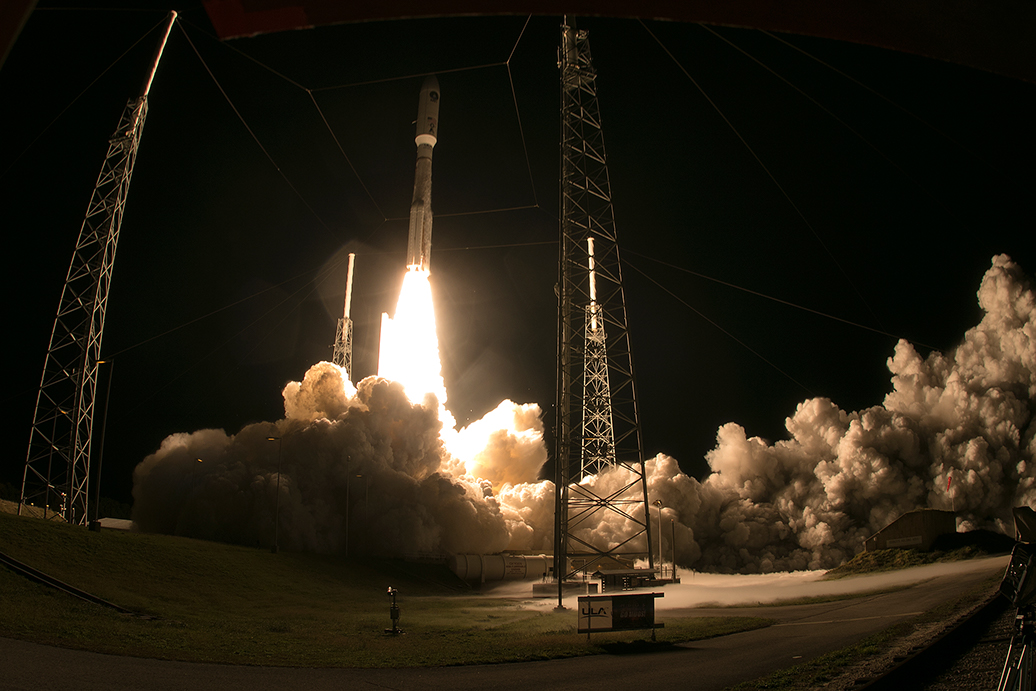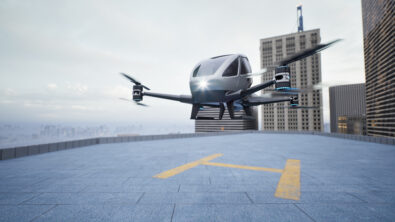Talking Aerospace Today – AI in Aerospace Part Two – Summary

The Talking Aerospace Today Podcast continues exploring the role of artificial intelligence and machine learning (AI/ML) in the context of the aerospace and defense (A&D) industry digital transformation maturity. Todd Tuthill, Vice President of A&D for Siemens Digital Industries Software, is joined once again by Justin Hodges, AI/ML technical specialist and product manager for Siemens Simcenter, to examine even more ways AI can benefit the A&D industry.
Todd and Justin use this episode to examine how AI/ML can be used to make engineering workflows easier, attract new engineers to the workforce, and expand into more complex functions in the future.
Accelerating workflows
AI/ML offers many ways to make engineering workflows more efficient, especially when dealing with the massive amounts of data and complex designs common in the A&D industry. Aerospace designs are incredibly complex with the sheer number of systems they integrate, which not only leads to large amounts of complicated data on their own, but also means the tools used to make those designs are often just as complex. This can make learning how to use these tools difficult, but aerospace engineers need to be experts in these tools to do their work. Fortunately, AI can be integrated into these tools and gather knowledge of how an expert would use the tool, and use that collected data to guide users and help them learn how to use it better.
Justin also explains how AI can help the workflows of companies operating at a global scale. These companies have multiple teams working across different countries and time zones that all work from their company’s stored data and standards. This information can easily become unwieldy in a company that size, and unless systems are in place that keep it up to date and easily accessible for all teams, they can find themselves carrying out the same tasks and investigations as each other. AI/ML can help organize the data with layers of semantics and ontologies, allowing teams to make the most out of the data and avoid redundant exercises.
Attracting the next generation
Another way AI/ML can help the A&D industry is by attracting new engineers. As stated in previous episodes, perhaps the biggest challenge to the industry at this moment is a shortage of thousands of aerospace engineers, which is only expected to get worse over the next decade if nothing is done. Todd has already talked about how AI can take over various tasks for current engineers, multiplying their impact by allowing them to focus on more critical work, but AI can also help fill the gap by creating a new, cutting-edge work environment prospective engineers would want to work in.
To demonstrate his point, Todd talks about the things that attracted new engineers when he was in school. While not as sophisticated as they are today, one of the biggest attractions back then was the advent of software tools that allowed mechanical and electrical systems to be designed with computers instead of pencils and slide rules. Similarly, younger engineers just leaving school today grew up with video games and iPhones, and they do not want to enter a field that uses tools ten to fifteen years old. AI offers a chance to modernize the A&D industry for the next generation of aerospace engineers.
AI and the future of aerospace
These ways that AI can benefit the A&D industry are quite possible in the near future, but there are potentially more exciting use cases further down the line. Todd believes that AI can one day be used to bring about a new way of generative design to automatically generate new multi-system aerospace designs. An engineer would input some basic parameters for their desired design, such as an aircraft wing, and the AI would examine its company’s proprietary data lake to generate a wing design that aligns with those parameters, integrating mechanical systems, electrical systems, and more. The industry still has a long way to go to achieve something like this, but the potential is certainly there as AI grows more powerful and can do more with data.
AI/ML can be the key to upgrading and modernizing the A&D industry, from improving engineering workflows and attracting new engineers today to perhaps generating whole multi-system designs in the future. Seeing how the technology evolves over the next few decades will be an exciting process, and as it grows and becomes better, the A&D industry will be able to reap the reward.
Stay tuned for the next episode of Talking Aerospace Today, which will wrap up Todd and Justin’s conversation on AI in aerospace.
Siemens Digital Industries Software helps organizations of all sizes digitally transform using software, hardware and services from the Siemens Xcelerator business platform. Siemens’ software and the comprehensive digital twin enable companies to optimize their design, engineering and manufacturing processes to turn today’s ideas into the sustainable products of the future. From chips to entire systems, from product to process, across all industries. Siemens Digital Industries Software – Accelerating transformation.


